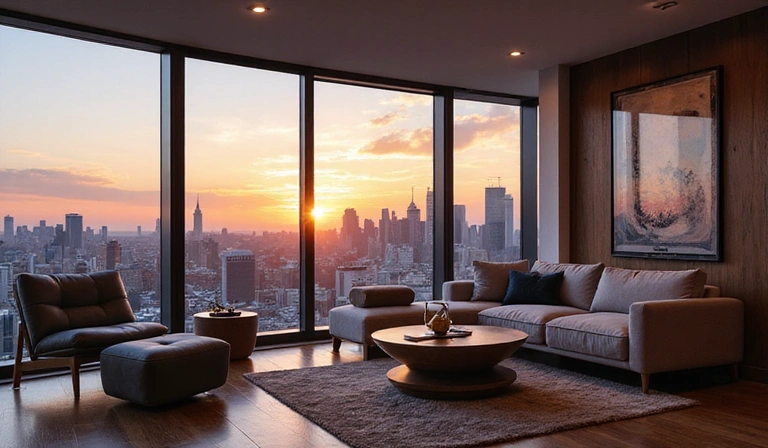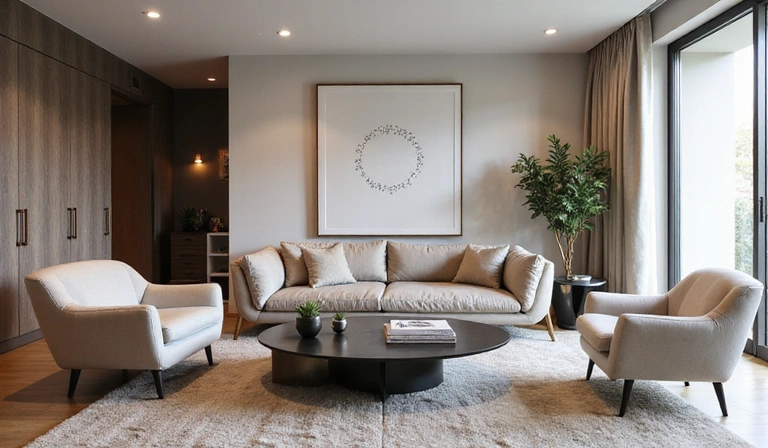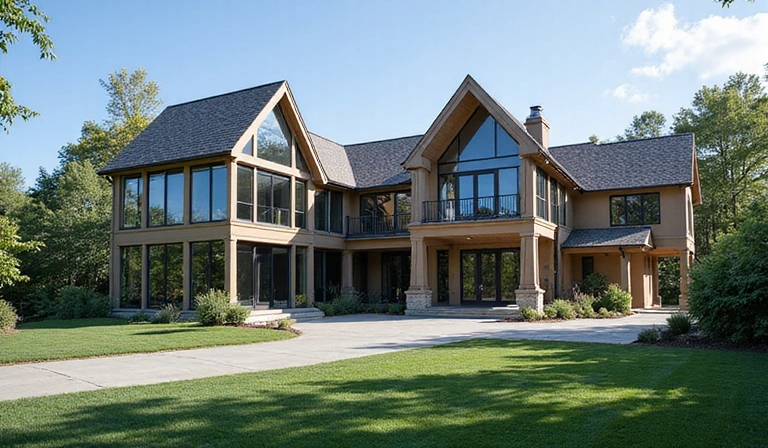
Emerging Trends in Global Luxury Real Estate Markets
The luxury real estate market continues to evolve with shifting buyer preferences and economic factors. We're seeing increased demand for smart home technology integration, wellness-focused amenities, and properties with dedicated workspaces as remote work becomes permanent for many high-net-worth individuals.
Coastal properties remain highly sought after, but climate change concerns are driving new interest in elevated locations and resilient construction. Sustainable luxury is no longer optional - today's buyers expect energy-efficient systems and eco-conscious materials without compromising on aesthetics or comfort.




